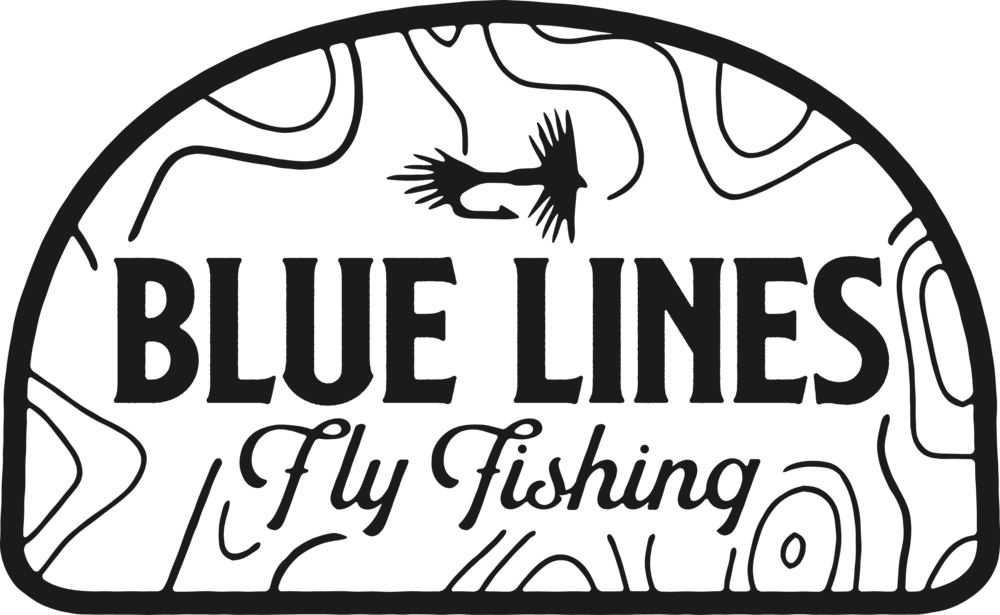It’s 3AM, and I’m lying awake working Pheasant Tail nymphs from bare hook to whip finish in my head. I’ve never been an easy sleeper, once I wake up I am awake whether I like it or not. Imagining flies keeps my brain from digging back into my work day, or something I read in the news. It’s like counting sheep, but better because it’s about fly fishing, though if you asked anyone else it’s likely as dull and as apt to put you to sleep. Here in my bed I’ve stripped down, redesigned, and perfected most of the common flies that I tie.
I start working on the pattern from the bend in the hook. I’ve never liked pheasant tail fibers for tailing. They’re brittle and heavy, meaning that I can’t have as many fibers in the tail bunch as I would like without changing the overall shape of the fly’s body. Below a size 16 hook I use fibers from a dark brown hen patch. Thin fibers and the right color mean I can get a short, bushy tail without the bulk on the body. I do like pheasant tail for the body though, counter wrapped with gold wire. I punch my pillow to one side and debate the proper number of fibers to use for various hook sizes. Four for a size sixteen, four for an eighteen but only if they come from the whispy side of the feather, otherwise I use three.
My girlfriend shifts beside me and grabs my arm, pressing her face close in to me. I freeze and let her settle back into sleep before I start debating shellback material again. I use a big square of plastic I cut from a contractor-grade black trash bag. The price was right (free) and it works as well as buying scud back. After one long night of mulling it over I realized that I was going to cover it with UV goo anyway so who cares what it’s made out of? The only important function it serves is keeping the UV goo from flowing into the peacock herl and freezing it into a solid block.
In the kitchen I hear my cat jump down from the counter. When we’re not around he has a more liberal view about his countertop access rights and these late nights have confirmed it. The floorboards creak in the hallway as he wanders down towards our bedroom. He scratches at the closed door and meows twice, then walks back down the hallway towards the living room and the basket of blankets that he likes to sleep in. If I got up now he would follow me around the house until I settled on the couch, nothing more than a warm cat perch to him.
But thinking about shellback material brings me to peacock herl. I am a staunch believer in the magic of peacock herl, but when I use it I need to work in legs in my Pheasant Tails. That means either pheasant tail fibers or brown hen tied in on either side of the hook, and that doesn’t work on much below a size 16. I use synthetic peacock dubbing, a rough, shaggy blend that does a fair job of matching authentic peacock herl. I can also brush it out from the thorax into legs. That’s two for one and, at least in my mind’s eye, a size 20 Pheasant Tail with buggy, bushy legs brushed out from the thorax looks damn fine. Fishy as hell.
I check the clock on my phone and think about getting up and starting work, or reading on the couch. It’s 3:45, only an hour and fifteen ahead of when I the alarm goes off. That wouldn’t be terrible and it’d get me closer to finishing something from the pile of books lying next to my bed. But I’ll stay here and try to doze off. I’ll appreciate the extra time in bed towards the end of the coming day.
Finishing Pheasant Tails is always complicated. I tie them with dark brown thread so that it blends in with the pheasant tail fibers and doesn’t contrast too much with the dark quill of the peacock herl. But I like a red thread head so that the flies look traditional. I go back and forth about when to change the thread color. Is it best to tie off the brown thread with a half hitch and tie in the red after the herl but before tying the shellback across the thorax? Or do I tie in the red thread after the shellback but before the legs? Choices. I go back and forth a few times and decide that it would be best to start the red after the herl but before the shellback gets tied over the thorax. I figure this gives me the best chance to develop a good looking thread head as opposed to coloring the brown thread head with a few wraps of red.
I spin the fly around a few times, imagining it from every angle. It looks good: clean lines, buggy, classic. What I would expect when someone describes a Pheasant Tail. I strip it back down to a bare hook and start over, imagining the feel of tension in my bobbin as I start the thread on the hook. How far back do I start it? One eye length or two?. The thread winds down the hook shank as I lay there in the dark. Dawn is far away and I am going to perfect this fly or sleep for a bit longer, though I couldn’t tell you which.

